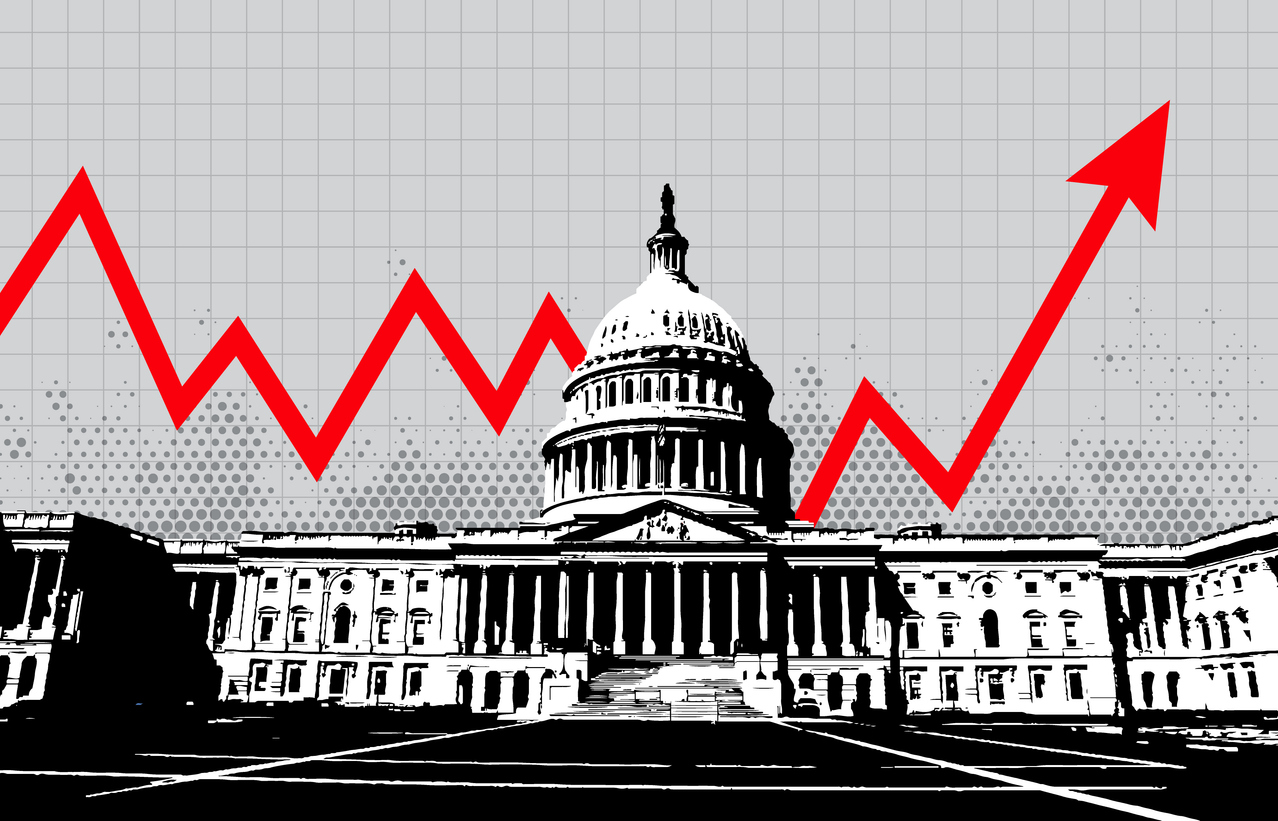
When Will Federal Reserve Start Cutting Rates: Investor Insights
Navigating the financial markets resembles sailing treacherous waters. The decisions of the Federal Reserve, such as cutting rates, act as guiding winds, directing investors toward potential gains or losses.
Understanding the dynamics of these decisions and their implications on various sectors is essential for crafting effective investment strategies.
Forecasting the Fed’s Move
Economic indicators like employment data and inflation trends are often used by economists and market analysts to predict potential policy shifts by the Federal Reserve. However, predictions are uncertain due to the uncertainty of discussions before official meetings. Changes in interest rate policy can be triggered by a recession or significant inflation easing, monitored through metrics like the CPI and GDP growth rates. Investors must remain vigilant as rate cuts can significantly influence asset valuations and investment strategies.
Economic Indicators to Watch
Inflation, employment, GDP growth, yield curve analysis, market liquidity, and consumer confidence are crucial factors in predicting Federal Reserve decisions, including cutting rates. A downward trend in inflation suggests the Fed can ease rates without further stoking prices. An inverted curve may signal economic downturns, prompting preemptive rate cuts. Market liquidity and consumer confidence levels also influence the Fed’s approach to cutting rates and investor sentiment.
Historical Trends as a Guide
The Federal Reserve has historically cut rates following periods of economic stability, often as a preemptive measure against potential downturns. These cuts are often linked to inflation and labor market dynamics, with subtle shifts in these indicators providing clues. The Fed acts cautiously, balancing the need to stimulate the economy against the risk of inflation. Sharp cuts have often occurred in response to recessionary threats or exogenous shocks that dampen demand.
The Fed’s decision-making process is methodical, weighing various economic indicators, including cutting rates. Smart investors monitor not just isolated data points, but the broader narrative they suggest, which forms the basis for rate cut expectations and investment strategy alignment.
Impact on the Stock Market
Stock markets typically react positively to Fed rate cuts, as lower borrowing costs can boost corporate profits and encourage equity buying. However, investors may interpret these cuts as a sign of economic slowdown, leading to volatile trading and a preference for defensive stocks. Investor sentiment, economic forecasts, and corporate performance evaluations influence the response to rate cuts.
Equity Valuations Adjustment
Federal Reserve rate cuts have significant implications for equity valuations, prompting investors to reassess future earnings potential and adjust their investment strategies accordingly.
- Lower interest rates may increase corporate profit margins.
- Favorable valuation models like discounted cash flow can lead to higher equity prices.
- Stocks with higher dividend yields may be more attractive.
- Growth stocks may see a pronounced re-rating.
- Increased investor appetite for risk may encourage capital flows into equities.
Retooling investment portfolios becomes imperative in the face of changing rate landscapes. A rate cut environment typically heralds a bull market phase, enticing investors to recalibrate their equity exposure.
Sector Sensitivity to Interest Rates
Interest rate movements have differential impacts across various economic sectors. For instance, financials typically perform better in high-interest-rate environments, benefiting from wider net interest margins.
Conversely, sectors such as utilities and real estate are traditionally sensitive to lower rates, experiencing capital inflows due to stable dividend yields and reduced attractiveness of fixed-income alternatives. Sectors with variable-rate debt obligations, like industrials, may see a decrease in borrowing costs following rate cuts, potentially boosting expansion and stock performance.
However, the narrowing spread between lending and savings rates may affect the banking sector’s profitability. Technology companies, which are not typically reliant on debt financing, may benefit from lower rates as investors prioritize companies with strong future earnings potential over regular dividend distribution. Understanding these sector-specific dynamics is crucial for investors seeking to capitalize on rate cut-induced opportunities.
Debt Markets Dynamics
Federal Reserve interest rate decisions significantly influence bond yields and investor sentiment toward debt instruments. Changes in bond prices and credit spreads occur in response to Fed rate cuts, impacting market perception of risk and liquidity conditions. As bond prices rise, credit spreads narrow or widen based on market dynamics, affecting valuations and new debt issuance. Moreover, anticipation of Fed policy changes can lead to fluctuations in bond prices even before official announcements, highlighting the importance of proactive portfolio management in debt markets.
The Investor’s Strategy Shift
In response to Federal Reserve interest rate reductions, investors often reallocate their portfolios to sectors with lower borrowing costs and higher growth potential.
Asset allocation considerations include increasing exposure to equities, particularly in sectors expected to benefit from lower rates such as real estate and technology. Additionally, prioritizing short to mid-term bonds can mitigate rate sensitivity in fixed-income portfolios. Diversification strategies, including international investments, can help manage risks associated with U.S. monetary policy changes. Strengthening positions in sectors poised for lower borrowing costs and higher consumer spending, while also considering alternative assets like commodities and real estate as hedges against potential inflationary pressures, is essential for optimizing portfolio performance in a rate cut environment.
The Bottom Line
Navigating financial markets during Federal Reserve interest rate cuts requires a deep understanding of economic indicators, historical trends, sector-specific dynamics, and proactive portfolio management strategies. By leveraging insights into the implications of cutting rates on various asset classes and sectors, investors can position themselves to capitalize on evolving market conditions and achieve their investment objectives.
Let Hennion & Walsh Offer a Second Opinion
Curious to learn more? Our unmatched client experience will give you peace of mind. Just as you may seek a second opinion about your health, we believe successful investors can gain value and peace of mind by getting a second opinion on their financial health. So, whether you’re worried about today’s uncertain economic environment or looking for increased peace of mind, we can help. Get a complimentary second opinion on all your investment accounts not held at Hennion & Walsh today!
Hennion & Walsh Experience
At Hennion & Walsh, every client, every individual investor, is assigned a dedicated team of investment professionals, planners, and portfolio managers, who collectively analyze your situation through the lens of their respective disciplines.
Each member brings valuable insights to apply to your situation. Whether you’re looking to meet your income needs today or stock market growth for your future, we have an expert sitting with you, helping you, and guiding you through all the scenarios to help you live the life you want.
Hennion & Walsh distinguishes itself in the investment industry with its exceptional in-house team of specialists committed to your success. Unlike other firms that rely on impersonal call centers, Hennion & Walsh provides direct access to experienced bond experts, CERTIFIED FINANCIAL PLANNER (CFP®) professionals, Chartered Financial Analyst (CFA)® charterholders, annuity professionals, and a proficient internal fixed-income trading team. Our customer service team is exceptional, ensuring that every client receives the dedicated attention and support they deserve.
Disclosures:
This commentary is not a recommendation to buy or sell a specific security. The content is not intended to be legal, tax or financial advice. Please consult a legal, tax or financial professional for information specific to your individual situation. Investing involves risk including possible loss of principal. Past performance is no guarantee of future results. Diversification does not guarantee a profit or protect against loss.


